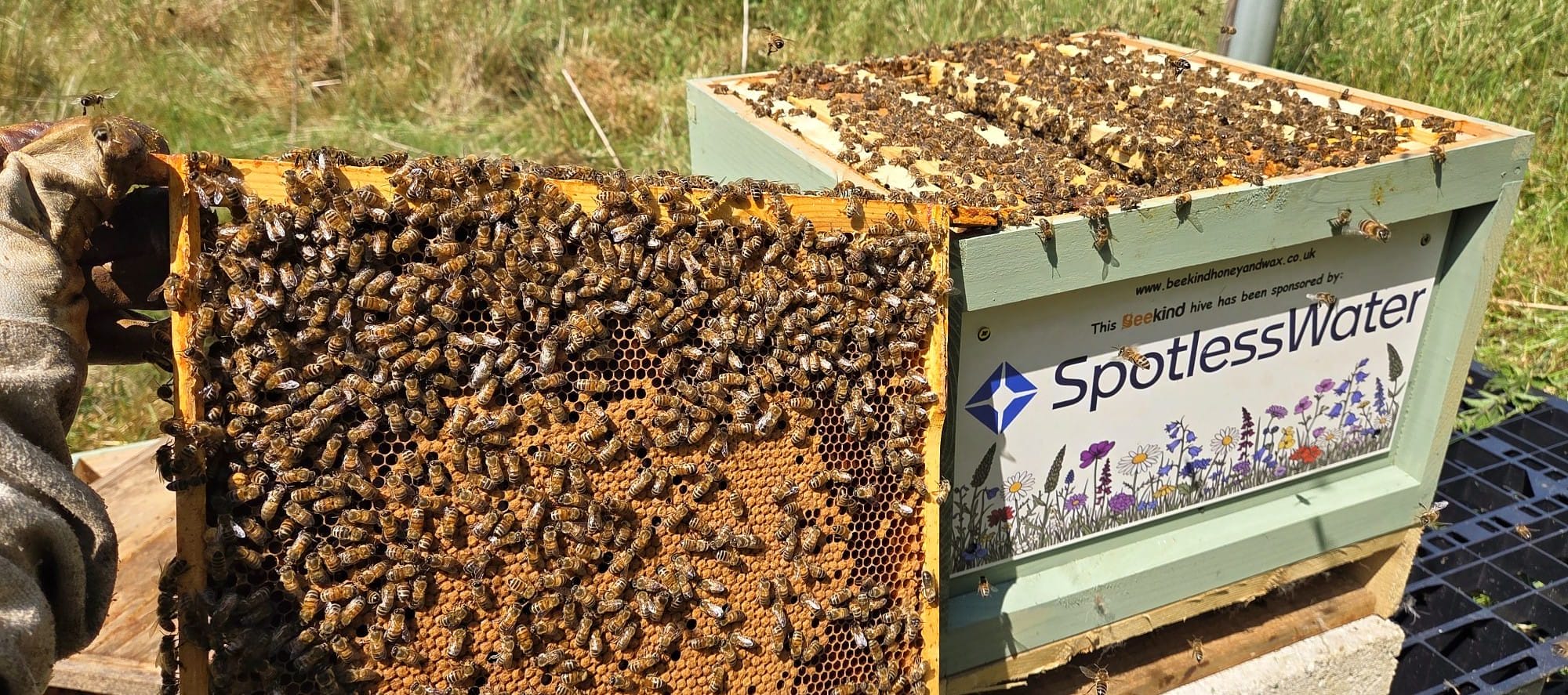








So, you have decided to dive into the world of aquatics and are interested in housing some freshwater fish for your collection. Here are some common mistakes which you can avoid, ensuring your new fish are in safe hands. But before you begin this journey, it is key to understand your fish will be a project you will need to dedicate time and effort to ensure a happy tank.

One thing to keep in mind is to refrain from purchasing the fish BEFORE you have your aquarium sorted. This a common mistake if you haven’t stabilised your tank in preparation for your new friends. It’s always best to allow time for a complete Nitrogen Cycle before introducing your fish to their new homes. For reference, a Nitrogen Cycle is the process where ammonia is converted into less harmful nitrogen compounds through bacteria. This helps reduce the ammonia toxicity in your tank and once the bacteria establish a colony in the filter, they will carry out their role in the Nitrogen Cycle, eliminating harmful ammonia. This process can take between six to eight weeks to establish.
To put it bluntly, 7pH is considered neutral for freshwater fish. Obviously, this isn’t a ‘one rule fits all’ as certain species of fish will need a specific pH balance. The pH of your tank will undulate every so often, so it is recommended to keep an eye on the pH level consistently. If it is too low the acidic water will burn your fish’s skin, if it’s too high the ammonia levels will rise which can kill fish. The pH will naturally drop from the breakdown of organic material, so remember to introduce regular partial water changes. The rule of thumb is to change around a quarter of your aquarium water every two weeks to a month and avoid emptying the entire tank all at once, as it will off-balance the pH levels.

Filling up your aquarium and ensuring the water is right is crucial to keeping your fish safe. You can simply use tap water but bear in mind the parameters of water can have a wide variety in each location regarding the pH and nitrates. Another option is RO (Reverse Osmosis) water or ‘pure’ water. Reverse osmosis water allows you to have flexibility in setting up the ideal condition for your fish. Using pure water allows total control over the levels in your tank and stabilising your water quality. Just remember, do not use pure water on its own without adding the correct minerals.
You should only keep the light on for 8-10 hours a day. Leaving the light on for longer than necessary increases algae growth, decreases the water clarity and will even stress the fish out. It’s suggested to have allocated time for the light on and off to mimic day and night. If you feel you would struggle to keep track with a consistent schedule, you can always buy a timer to guarantee consistency.
Just remember these are living animals, so you need to make sure you are providing the best quality of life in the tank for them. It’s always advised to research all aspects of what having an aquarium entails before making any mistakes and ensuring your fish are content and comfortable in their new home.
 November 11th 2025
November 11th 2025
Partnership with Morrisons announcement
 October 20th 2025
October 20th 2025
Discover how SpotlessWater effectively addresses challenges posed by windy conditions during window cleaning processes
 October 8th 2025
October 8th 2025
Discover how SpotlessWater effectively addresses challenges posed by windy conditions during detailing processes
 September 15th 2025
September 15th 2025
A new feature on the Portal to improve your pure water filling experience
 July 8th 2025
July 8th 2025
Auto Top Up Bonus has launched! Turn on your Auto Top Up for FREE credit!
 June 24th 2025
June 24th 2025
How SpotlessWater contribute to beekeeping and sustainability
 June 5th 2025
June 5th 2025
How SpotlessWater Is Helping to #BeatPlasticPollution
 May 29th 2025
May 29th 2025
Cleaning Services Awards Winner 2025
 May 22nd 2025
May 22nd 2025
Facilities Management Awards 2025 by BUILD
 April 30th 2025
April 30th 2025
SpotlessWater Price Update